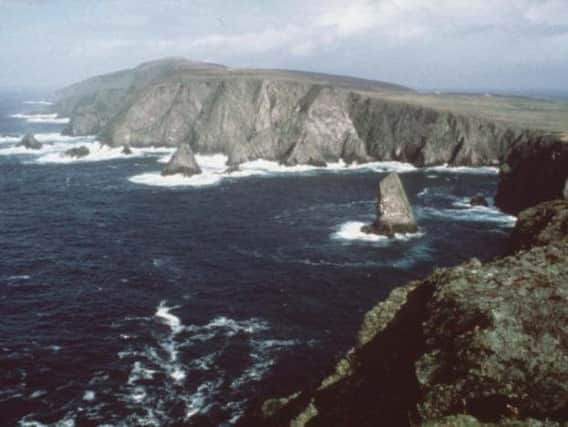From Fair Isle to Faeroes: 150 years of the Shipping Forecast


The broadcasts, issued four times a day, began in 1867 as a way to alert mariners to tempestuous conditions at sea and ward off tragedy. They were introduced in response to the Royal Charter storm off the coast of north Wales eight years earlier, a disaster which claimed the lives of more than 800 people.
Over the years, the forecasts evolved to include more detailed information, advising of changing winds, weather conditions, and visibility. In doing so, it has become the longest running continuous forecast in the world.
Advertisement
Hide AdAdvertisement
Hide AdIts reach and popularity has ensured that some of Britain’s outlying communities - after which many of the 31 ‘weather areas’ are named - have become familiar to millions.
One such place is Fair Isle, Britain’s most remote inhabited island, situated halfway between Orkney and the Shetland mainland.
For more than four decades, Dave Wheeler, the island’s resident meteorologist, provided the observations used in the forecasts, and he dutifuly tuned in first thing in the morning, and last thing at night.
“The shipping forecast provides all the information quite succinctly, and the way it’s written makes it easy to absorb,” explained Mr Wheeler, who has been monitoring Fair Isle’s weather since 1972.
“In some respects it’s an artform. There are people who have visited all the shipping areas, and written poems and stories about them. It’s become integrated into the British way of life.”
Fair Isle’s meteorological station is now fully automated, and Mr Wheeler admits the march of technology means he is not as regular a listener as he once was.
“I can see a time - and it may even be now - that it becomes redundant because all the data and forecasts are available online and via mobile phones,” he added. “But that depends on where you are at sea, and your mobile’s range. For that reason, there are a lot of people who still listen the traditional way via radio.”
Penny Trantor, a Met Office advisor, said the shipping forecast has helped cement the agency’s globally renowned reputation, pointing to its 93% accuracy rate, a figure which rises to 97% for inshore waters.
Advertisement
Hide AdAdvertisement
Hide AdPeter Dawes, lifesaving services manager for the RNLI, believes that, even after 150 years, the forecasts will go on fulfilling an essential service.
“It is an excellent source of information, and a vital tool in helping people make critical safety decisions at the coast and at sea,” he said.